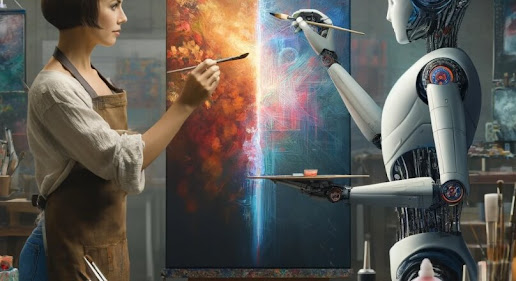Plan for a Smooth Journey
Preparation is the foundation of stress-free travel with diabetes. Start by scheduling a visit with your healthcare provider well before your departure. Discuss your itinerary, including travel duration, time zone changes, and activity levels. Your doctor can advise on adjusting insulin doses, managing meal schedules, and preparing for unexpected delays like flight cancellations or lost luggage. Ask for a letter documenting your condition and supplies, which can be helpful for security checks or emergencies.
Research your destination thoroughly. Locate nearby pharmacies, hospitals, and clinics in case you need urgent care or supplies. Check if your health insurance covers medical services and prescriptions abroad; consider travel insurance for added protection. If traveling internationally, learn local terms for “diabetes,” “insulin,” and “low blood sugar” to communicate effectively. A solid plan minimizes risks and lets you enjoy your trip with peace of mind.
Essential Diabetic Supplies to Pack
Packing the right supplies is critical to managing diabetes on the go. Bring more than you think you’ll need to account for delays, extended stays, or mishaps. Here’s a detailed checklist of must-have items:
1. Glucose Meter and Test Strips: Pack at least twice the amount you’d typically use. Test strips can get damaged or lost, so extras are a lifesaver. Include spare batteries or a charger for your meter.
2. Lancets and Lancing Device: Bring enough for daily blood sugar checks, plus a few extras for convenience or replacements.
3. Insulin and Delivery Tools: Pack sufficient insulin for the entire trip, plus a surplus for unexpected delays. Include syringes, insulin pens, or pump supplies as needed. Store insulin in a cool, insulated bag to maintain its effectiveness.
4. Continuous Glucose Monitor (CGM): If you use a CGM, pack extra sensors, transmitters, and chargers to ensure uninterrupted monitoring, especially on long trips.
5. Glucagon Kit: A must for severe hypoglycemia, particularly if you’re traveling to remote areas where medical help may be hours away.
6. Medications: Bring all oral diabetes medications and other prescribed drugs in their original, labeled containers for easy identification at security checks or in emergencies.
4. Continuous Glucose Monitor (CGM): If you use a CGM, pack extra sensors, transmitters, and chargers to ensure uninterrupted monitoring, especially on long trips.
5. Glucagon Kit: A must for severe hypoglycemia, particularly if you’re traveling to remote areas where medical help may be hours away.
6. Medications: Bring all oral diabetes medications and other prescribed drugs in their original, labeled containers for easy identification at security checks or in emergencies.
Packing and Storage Tips
Smart packing can prevent headaches during travel. Divide your supplies between your carry-on and checked luggage to safeguard against lost bags. Keep critical items—insulin, glucose meter, test strips, snacks, and medications—in your carry-on for easy access during flights, train rides, or long drives. Use a cooler bag with ice packs to store insulin, but check the manufacturer’s temperature guidelines to avoid freezing, which can ruin it. Never store insulin in a car’s glove compartment or checked luggage, where extreme temperatures can occur.
Enjoy Your Adventure
Traveling with diabetes is entirely manageable with the right approach. Plan ahead, pack wisely, and stay proactive about your health. Consult your healthcare team, research your destination, and bring extra supplies to handle surprises. With these steps, you can focus on the joy of travel—new sights, flavors, and experiences—rather than worrying about your condition. For reliable, affordable products to support your journey, look no further than diabeticpro.com for Diabetes Supplies at the Discounted Prices!









